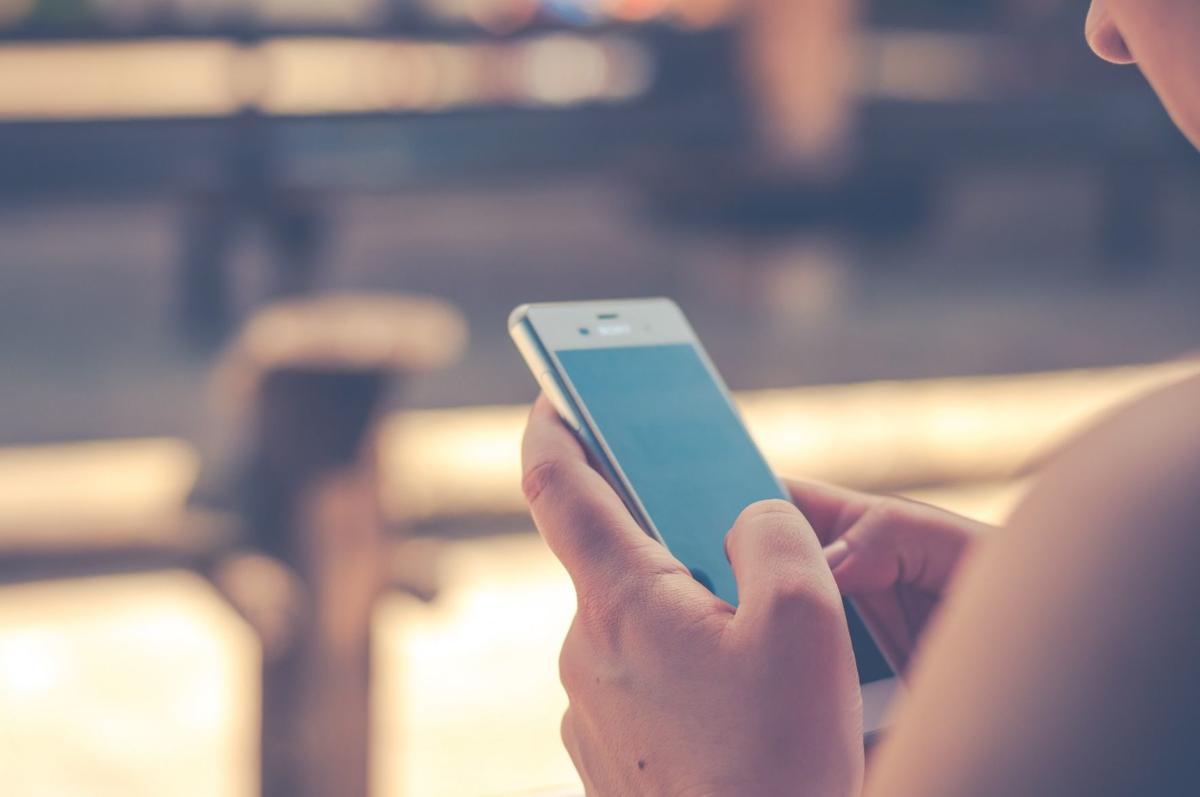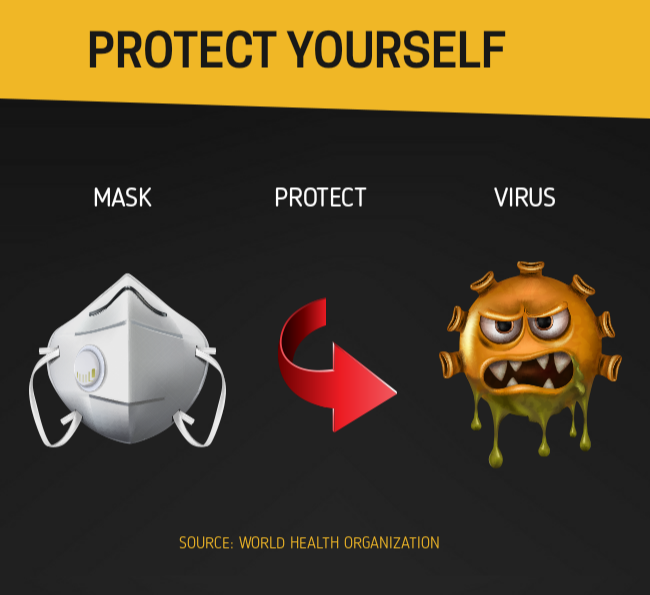The pain was debilitating and confusing. He was never physically attacked or hit across the head. He hadn’t been in a car accident. He didn’t have a sports injury. The pain stemmed from something much simpler, something right under his nose. It all had to do with his posture.”[It was] as if someone had hit me over the head with a red hot rod of steel sending electric bolts of pain across my skull,” wrote Journalist Adam Estes in an article for Gizmodo.
Constant craning causes severe damage to occipital nerves
Afraid that the pain was a sign of a brain tumor, Adam Estes sought out a neurologist. After careful examination, Estes and his neurologist concluded that the nerve damage was coming from Estes incessant craning over to use his smartphone. The neurologist pointed out that the nerves at the top of Estes neck had become compressed and in a perpetual state of inflammation, all because Estes bent his neck over routinely to see his smartphone.The diagnosis for this condition is occipital neuralgia, and by the time the damage is done it’s hard to reverse it. Some doctors say this condition now causes permanent health problems that cannot be reversed without surgery. In this condition, the occipital nerves become compressed and inflamed. The occipital nerves are the nerves that start from the top of the spinal cord, reaching through the muscles in the back of the neck, and spreading throughout the scalp on either side of the head. When these nerves are pinched, it feels like a headache sets in on one side of the scalp. The headache is described as a shooting, electric, or zapping pain that tingles. The pain may also feel like its is projecting toward one eye.The pain is sensitive to touch as well. It can be excruciating just to lie down or gently massage the scalp. Some patients report a numbness or a tenderness at the top of the neck where the nerves enter the scalp. It’s common for patients to tighten up, especially in the neck; however, this pain reaction only entraps the nerves further.
Smartphone addictions causing near-permanent health condition
The neurologist that diagnosed Estes said he’s seen this kind of thing increase over the past 10 years, as smartphones and handheld tablet addictions become more common in society.The science behind the compression is simple. When looking down at a screen at a 60 degree angle, one puts 27 kg or 60 lbs of pressure on their cervical spine — the area right above the shoulders. This is like carrying a seven-year-old child on one’s shoulders constantly. Over time, the pressure silently does damage on the nerves in the back of the neck.When it’s too late, a patient can end up with shooting pain in their scalp and permanent damage that may only be undone through surgery. In Estes case, his neurologist shot him up with 20 different steroids. This cumbersome strategy doesn’t work forever, as the pain rushes back in time.Estes was also encouraged to start practicing yoga techniques that could help him correct posture and restore muscle elasticity. A yoga class could help patients relax the nerves that are inflamed from the top of the spine into the scalp. Yoga discipline can also help patients be more mindful of pain reactions, muscle tensions and habitual body movements that can lead to health problems.
Sources:http://www.dailymail.co.uk
http://gizmodo.com






















